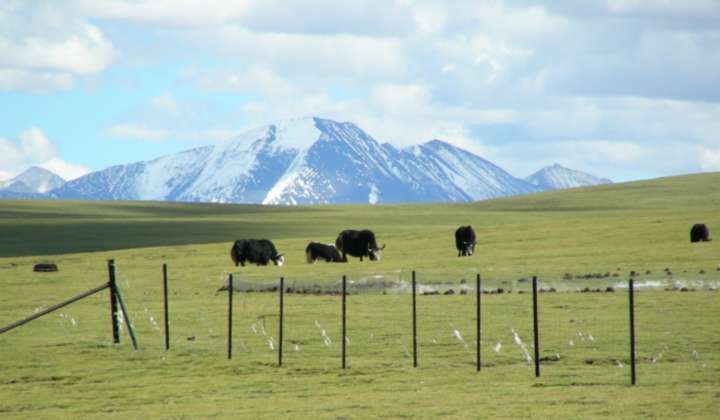DFG project
The end of the Pleistocene tundra steppe
Interactions between vegetation, climate and large herbivores in Beringia during the late Quaternary
The current decline of global biodiversity in consequence of human activities is comparable with earlier mass extinctions in Earth’s history, which might be considered to be potential analogues for assessing this process. The last such extinction event was the loss of numerous large-bodied mammals (megaherbivores) in the course of the late Quaternary. Their extinction stands in close connection with the spread of modern humans, but coincided with abrupt climatic changes at the end of the Pleistocene. In the Arctic, rising temperature and increased humidity triggered the transformation of the Pleistocene nutritious grassland vegetation into birch shrubland, coniferous forest tundra and finally into low-diverse tundra wetland, which are an inappropriate habitat for most large herbivores.
The project aims at contributing to the ongoing debate on the type of vegetation present at that time and place: an extensive productive, cold-adapted grassland or a patchy mosaic of tundra-steppe in response to local environmental conditions such as topography, exposition, disturbances and soil moisture as it is found today. We want to identify the proportion of steppe, meadow and arcto-alpine plant elements in the past mammoth steppes. We want to contribute to re-constructing the climate and subsequent vegetation changes that took place at the transition to the holocene by combining palaeobotanical results with studies of modern plant communities. We intend to include herbivore/vegetation interactions, which are so far hardly considered, by studying grazing effects along climate gradients in the taiga/tundra transition zone at the lower Kolyma River and in relict steppes of the Yana highlands, Yakutia. In a synthesis, the relative effects of climate and grazing as potential main drivers of vegetation characteristics in Northern Beringia during the late Quaternary are to be determined using multivariate statistics.
We are working on the present vegetation of Eastern Siberia, with a focus on the most northerly distributed steppes and steppe plant species and on the effect of grazing on this vegetation. The paleobotanical work is carried out by the working group of Frank Kienast, Senckenberg Research Station in Weimar.
Partners:
Frank Kienast, Kseniia Ashastina (Senckenberg Research Station of Quaternary Palaeontology, Weimar)
Elena Troeva (Laboratory of Genesis and Ecology of Soil-Vegetation Cover – Siberian Branch of the Russian Academy of Sciences, Yakutsk, Russia)
Funding:
German National Science Foundation (DFG)
Contact: Jennifer Reinecke
